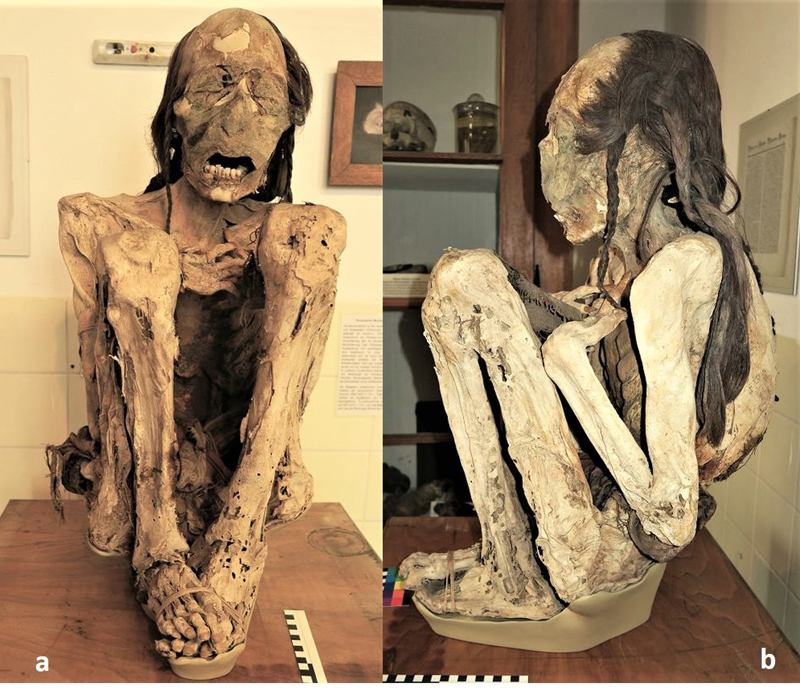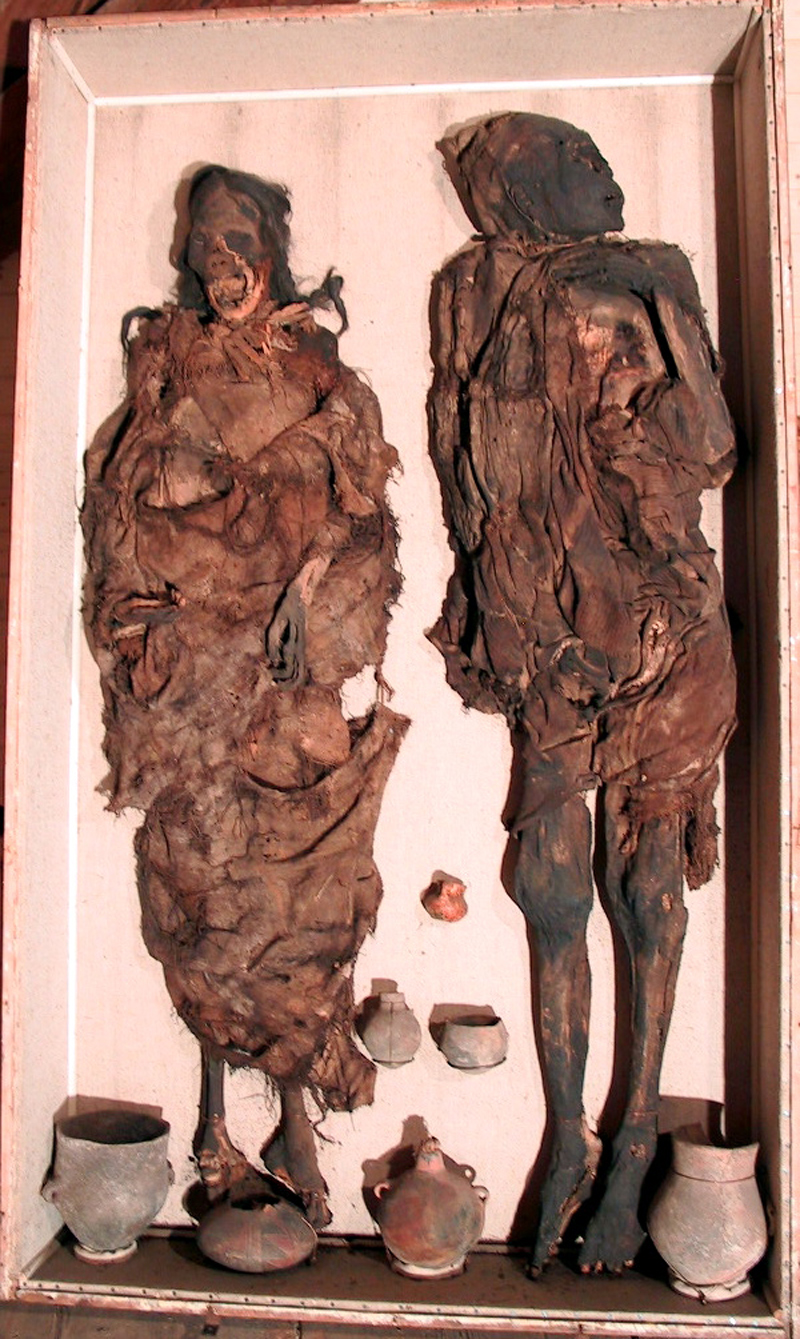Through the study of skulls and skeletons, we can learn about how violent our ancestors were.
With their preserved soft tissues, mummified remains can be more indicative than bones alone.
Three pre-Columbian South American mummies have been analyzed using 3D computed tomography (3DCT) scans that show the internal state of the remains without having to open them.
Two of the three people were murdered.

When fluid is soaked up by the surroundings of a body faster than the rate of decay, it's called a naturally mummified body. In the south of South America, these conditions are common.
"Here we show lethal trauma in two out of three South American mummies that we looked at with 3DCT," says the pathologist.
If the human remains had been skeletons, the types of trauma we found wouldn't have been detected.
The male mummy from Philipps University Marburg is from the Arica culture.
He was most likely living in a fishing community and had signs of Tuberculosis. A man who was between 20 and 25 years old is thought to have died between 980 and 1147CE.
The mummies of the male and female were found in the Art and History Museum of Delémont in Switzerland. The man and woman are thought to have passed away between 902 and 994CE.
The researchers found signs of personal violence in the mummies of the two males.
The Marburg mummy died from a heavy blow to the head and a stab to the back, which may have come from one or two attackers.
The study states that a hard blow to the back of the neck is the most likely cause of death for the male Delémont mummy.
The female Delémont mummy had some damage to her skeleton, which is thought to have happened after she died.
ModernCT scans with the opportunity for 3D reconstructions offer unique insight into bodies that would otherwise not have been detected.
x-rays or olderCT scans without three-dimensional reconstruction functions could not have detected the diagnostic key features we found here.

As chilling as the findings of the study might be, learning about these deaths and these types of violence are useful in getting a better picture of how these ancient civilizations lived.
Even though mummified remains are not as common as skeletons, there are still plenty that have been recovered and preserved in museums.
The study of human mummified material can show more trauma than the study of skeletons.
There are dozens of South American mummies which may profit from a similar investigation as we did here.
The research has appeared in a journal.